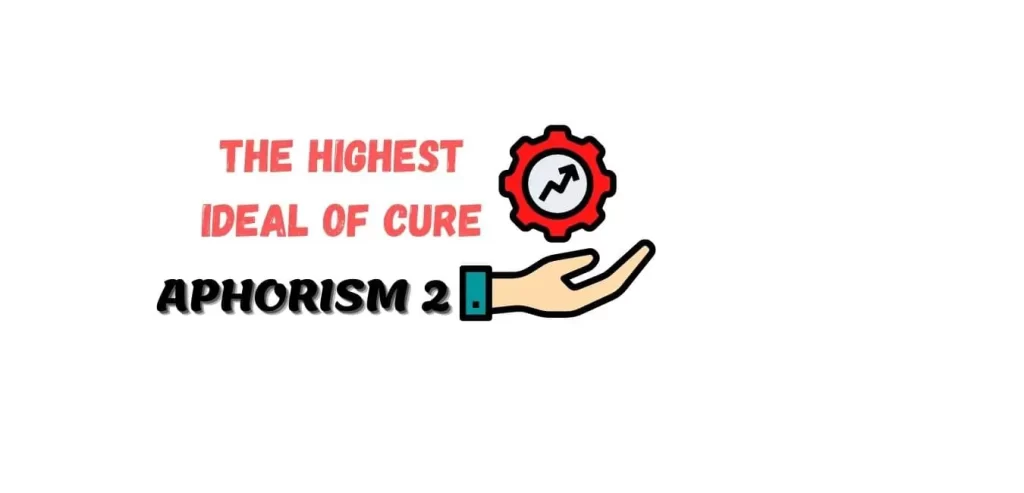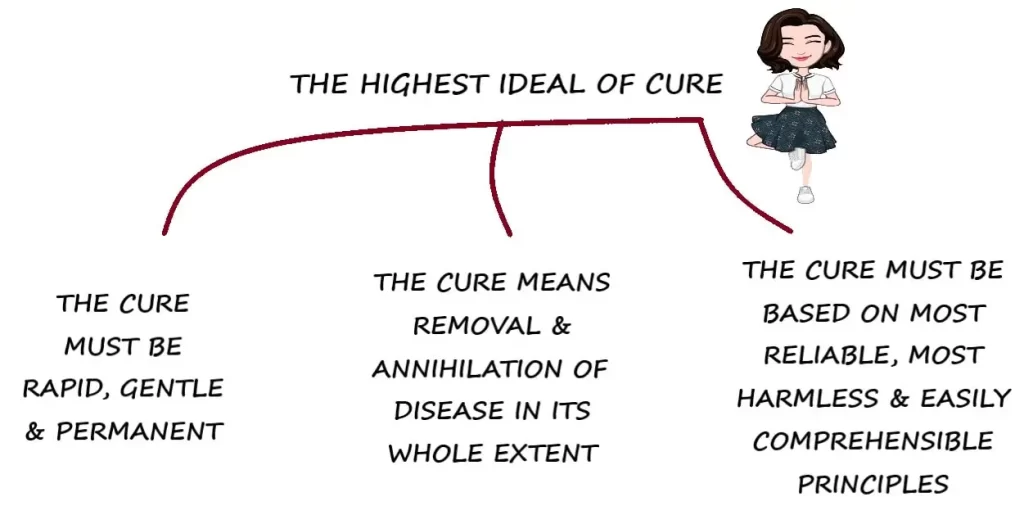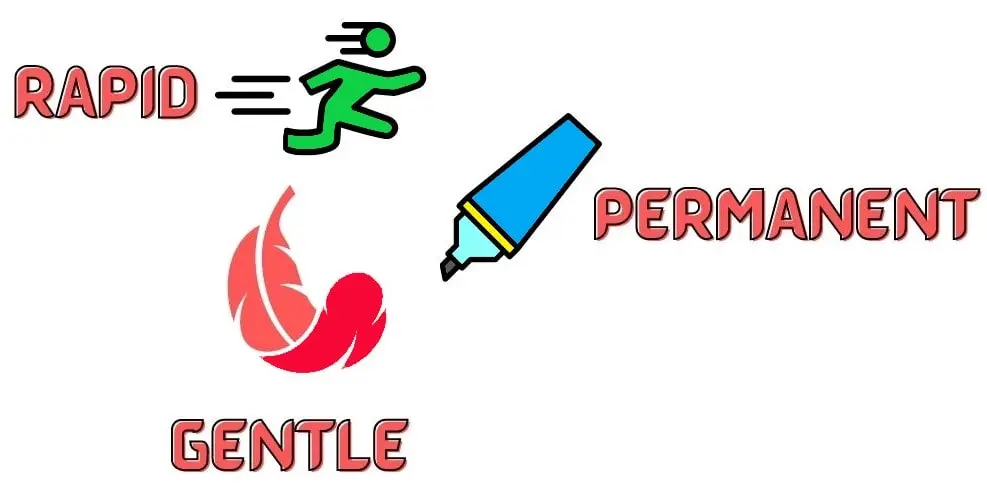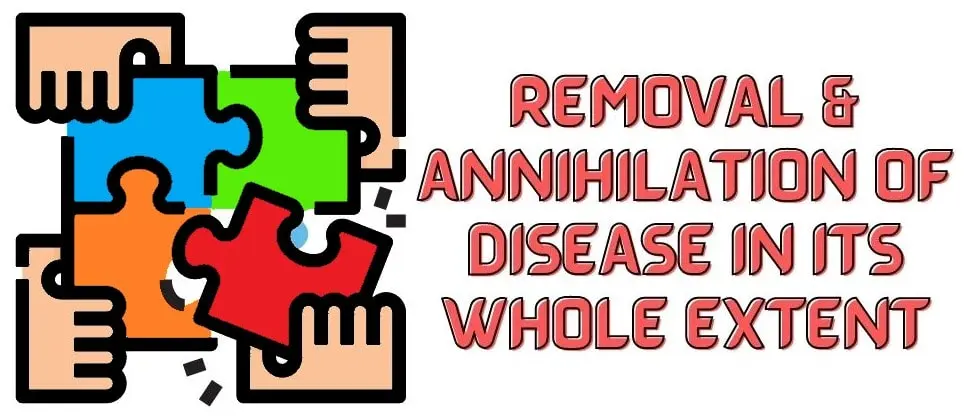
After guiding our sole mission as a physician in the 1st Aphorism of organon of medicine, Dr. Hahnemann proceeds to describe the highest ideal of cure in the 2nd Aphorism of organon of medicine.
This aphorism guides us for how to identify the highest ideal of cure.
Table of Contents
ToggleCITO TITO ET JUCUNDE
The concept of ideal cure was first advised by Asclepiades in 124-40 BC, who was a Greek physician of Bithynia.
His therapeutic methods were popular in the form of a Latin phrase “Cito tuto et jucunde”.
Dr. Hahnemann examined the entire medical system with the view point of AN IDEAL AND EFFICIENT HEALING.
By these standards, he resoluted all the medical theories, procedures and systems including of his own methods as a physician.
Every time he asked only one question, DO THEY CURE THE SICK?
Considering his extensive knowledge, experience and observations he was disappointed with the current medical treatments of his days.
He clearly understood the fact that, “THEY DIDN’T CURE THE SICK”.
So, he began to reform his methods.
CITO TUTO JUCUNDE means to treat the patients,
“SWIFTLY, SAFELY AND SWEETLY”
The criteria of Asclepiades inspired Dr. Hahnemann to such an extent that for the first time in the medical history he gave an appropriate and satisfying definition of the word “CURE”.
He writes in the 2nd aphorism of his Organon of Medicine that,
“The highest ideal of cure is rapid, gentle and permanent restoration of health, or removal and annihilation of the disease in its whole extent, in the shortest, most reliable and most harmless way, on easily comprehensible principles.”
We can understand this under following 3 headings.

1. The cure must be Rapid, Gentle and Permanent

Why rapid?
Cure must take place as early as possible because,
- More dangerous the disease, more harm it can cause to the body.
E.g.: tissue damage, structural changes or disease becomes incurable etc.
- Longer the time taken to cure, prolonged the suffering of the patient.
Why gentle?
Dr. Hahnemann was dissatisfied with the cruel treatment methods of his time
E.g.: application of leeches, venesections, setons, blistering, purgation etc.
These methods made the patient weak and their diseases incurable by draining their vital powers out.
Even now a days surgical removal of warts, corns, renal calculi, piles, polyps, tonsils etc. does not actually help the patient.
- First: These methods are painful.
- Second: In many of the cases, if they can be treated therapeutically then why should patient go through surgeon’s knife?
- Third: Most of them reoccur even after surgery.
Patient is already suffering from disease so the treatment should be most possible gentle and painless.
How permanent?
Permanent means something that lasts for a very long time.
As we learned in the previous post difference between cure and recovery that, diseases are expressed in the form of perceptible signs and symptoms.
Whereas, manifestation of cure is by removing of those abnormal signs and symptoms.
But only temporarily relief of those signs and symptoms for certain time period can not be called as cure.
Disease should not be palliated or suppressed.
By following the curative process, previous healthy state should be restored completely and permanently.

2. The cure means removal and annihilation of the disease in its whole extent.

Hahnemann used to say, “There is no disease, but the sick people”.
Abnormal or pathological signs and symptoms are result of the disease.
So, prescribing for the results of the disease can provide relief only for the results of disease but not the sickness in patient.
Sickness must be examined by critical observation of the elements that causes pathological changes in the patient.
Never fail to notice the terminal symptoms, physiological symptoms, mental symptoms and sensorium symptoms as they are all useful.
Form the idea of sickness on the basis of the idea of sickness perceived in our Materia medica.
If we can perceive the nature of sickness in a drug image, we can perceive the nature of sickness in a patient.
This internal nature of the sickness must be healed.
Only proper administration of a similar remedy to the disease will establish the art of healing.
The patient should be able to perceive by his feelings and continue to say that his health is being restored, whenever a symptom has disappeared.
3. The cure must be based on the most reliable, most harmless and easily comprehensible principles.

In order to achieve an ideal cure,
- Method selected for treatment must be reliable and well proved.
- Procedure should be harmless- It must not cause palliation or suppression.
EASILY COMPREHENSIBLE PRINCIPLES
This is the last standard of ideal cure explained by Dr. Hahnemann in this aphorism.
He said that “Ideal cure must be achieved based on easily Comprehensible / understandable principles”.
Why Dr. Hahnemann thought it is necessary to explain this last criterion?
- The theories followed by the orthodox medical schools are confusing since the time of ancient medicine.
- Their theories change from time to time.
- Yet, they failed to find the reliable curative approach towards the disease.
- We can not depend on these ever-changing principles.
Cure is dependent on the application of the accurate principles.
Cure is not an accident, opinion or speculation.
Moreover, the principles applied should be easily understandable by a common mind.
Man is a part of nature
↓
The disease forces (Miasms) are the deviation in the nature.
↓
So, cure also should be followed by the natural processes.
↓
Similia similibus curanter (Like cures like) is the homoeopathic law of nature.
↓
Homoeopathically proved remedies similar to the disease state of the patient is to be applied.
↓
This similar artificial medicinal force stimulates the vital force to remove the natural disease force.
↓
In this way, cure is achieved by an easily understandable principle.
Meaning of difficult words
- Ideal Cure: The most desirable outcome of a treatment, characterized by rapid, gentle, and permanent restoration of health or removal of disease.
- Asclepiades: A Greek physician of Bithynia who advocated for therapeutic methods focused on rapid, safe, and pleasant treatment, as encapsulated in the Latin phrase “Cito tuto et jucunde.”
- Cito Tuto et Jucunde: Latin for “Swiftly, Safely, and Sweetly,” reflecting the principles of ideal cure.
- Orthodox Medical Schools: Traditional medical institutions adhering to conventional medical practices and theories.
- Palliation: Providing temporary relief from symptoms without addressing the underlying cause of the disease.
- Suppression: Inhibiting or restraining a symptom or disease process without resolving it.
- Miasms: Chronic disease-causing agents or predispositions in homeopathy that affect the vital force and manifest as various symptoms.
- Similia Similibus Curanter: Latin for “Like cures like,” the fundamental principle of homeopathy stating that a substance causing symptoms in a healthy person can cure similar symptoms in a sick person.
- Vital Force: In homeopathy, the dynamic energy or life force believed to maintain health and harmony in the body.
- Embryological Tissues: Tissues formed during embryonic development, giving rise to various organs and structures in the body.
- ATP (Adenosine Triphosphate): A molecule that stores and transports chemical energy within cells and is essential for cellular processes.
- Homeostasis: The ability of an organism or system to maintain internal stability and balance despite external changes.
- Constitutional Similimum: A homeopathic remedy selected based on the overall constitution, temperament, and symptoms of the patient.
- Stamina: The physical or mental strength and endurance to sustain prolonged effort or activity.
- Chores: Routine tasks or duties, especially those related to housekeeping or maintenance.

This site is very hwlpful and ur artical is very interesting and knowledgeful easy to understand
Yes this very helpful for study purposes